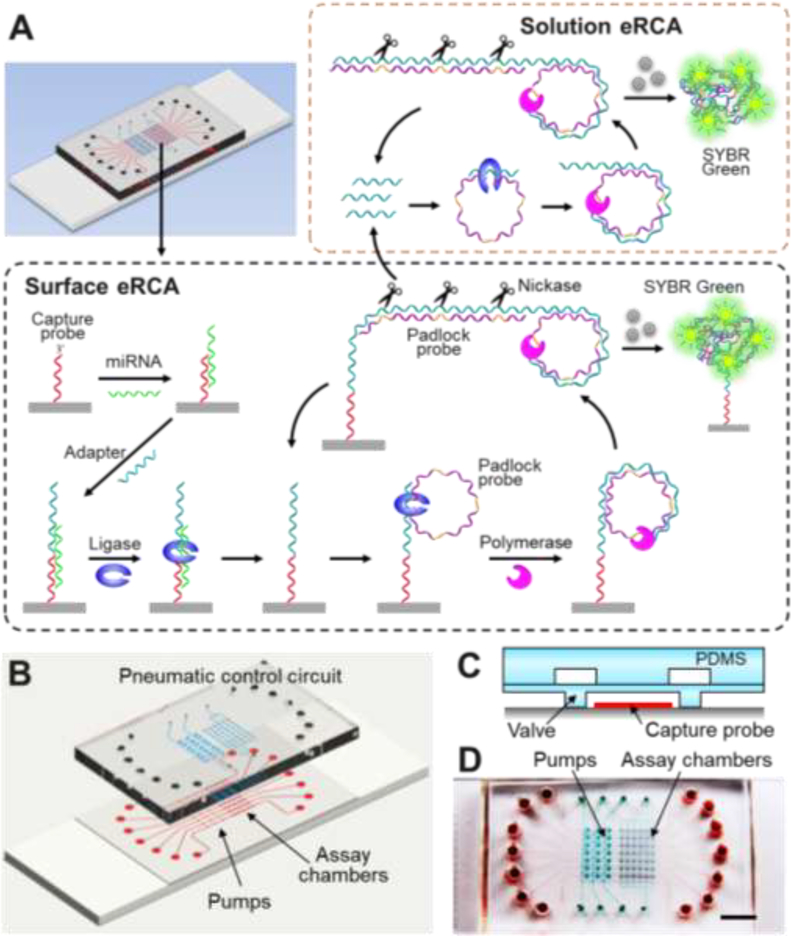Figure 1. The MERCA system for miRNA detection.
(A) Schematic illustration of the MERCA principle. The on-chip chamber is patterned with probes to capture target miRNAs. An adapter hybridizes with the miRNA and is ligated with the capture probe by T4 DNA ligase. The adapter contains a template that binds with a padlock probe containing three template hybridization sequences linked by Nb.BbvCI nicking sites. After ligation, isothermal RCA produces a long concatenated copy which can hybridize with free padlock probes in solution. Nicking enzyme recognizes and cleaves the dsDNA at specific sites to release multiple replicates of the RCA template to trigger liquid-phase eRCA. Meanwhile, the surface-bound adapter sequence can be recycled to initiate successive rounds of solid-phase RCA reaction. The double-stranded amplification product on both surface and in the solution is detected by SYBR Green dye added to the reaction. (B) Design of the MERCA chip. The three-layer PDMS/glass chip integrates seven parallel units each consisting of a three-valve pump and an assay chamber. The assay chambers aligned vertically across an array of capture probe patterned on the substrate. (C) Schematic of an assay chamber gated by two normally-closed valves. (D) Digital photo of an assembled chip filled with red food dye in the flow channels and green dye in the pneumatic control channels.

